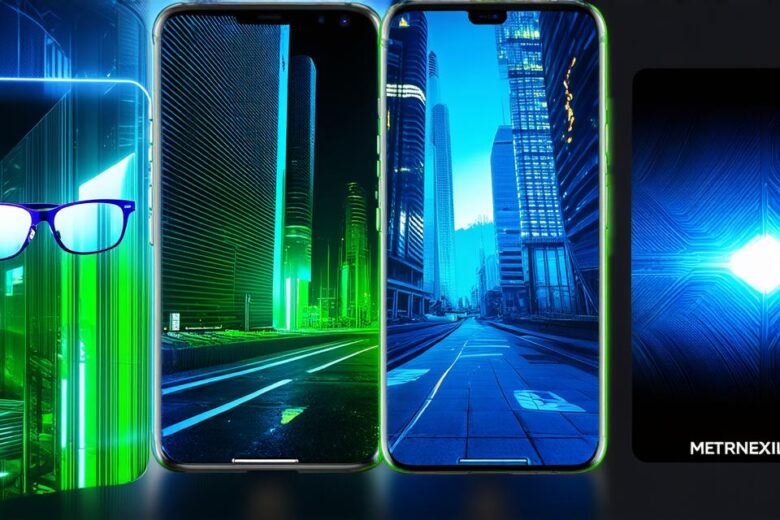Augmented reality (AR) is a technology that superimposes digital objects onto real-world environments, creating an interactive and immersive experience for users. AR applications have gained significant popularity in recent years, with industries ranging from gaming to education adopting this innovative technology.
Prerequisites: What You Need to Know Before You Start
Before diving into the world of AR development, it is essential to have a basic understanding of the following concepts:
- Programming fundamentals (e.g., variables, functions, loops)
- Object-oriented programming (OOP) principles
- 3D modeling and animation using software such as Blender or Maya
- Familiarity with Unity or another AR development platform
- Basic understanding of mobile app development for iOS and Android platforms
If you lack experience in any of these areas, consider taking a course or tutorial to bring yourself up to speed.
Tools and Platforms: What You’ll Need for AR Development
To create an AR application, you will need several tools and platforms:
- 3D modeling software (e.g., Blender, Maya) – used to create 3D models of digital objects that will be superimposed onto the real world.
- Unity – a popular game engine that supports AR development. It provides a range of tools and features for creating interactive experiences.
- Apple ARKit or Google ARCore – SDKs for developing AR applications specifically designed for iOS and Android devices, respectively.
- VS Code (Visual Studio Code) – an open-source code editor used for writing, debugging, and testing AR application code.
- Xcode (for macOS) or Android Studio (for Windows) – integrated development environments (IDEs) for building and deploying AR applications on iOS and Android platforms, respectively.
Getting Started: The Foundation of Your AR Application
The first step in creating an AR application is to define the concept and goals of your project. Consider what you want to achieve with your AR experience and how it will add value to users’ lives. Once you have a clear idea of your project’s purpose, you can begin planning the user interface (UI) and user experience (UX).
Integrating ARKit or ARCore into Your Unity Project
To bring your 3D models into the AR world, you’ll need to integrate ARKit or ARCore into your Unity project. Follow these general steps:
- Import ARKit or ARCore assets into your Unity project.
- Set up a new AR scene in Unity, specifying the appropriate camera settings and environment lighting.
- Add the 3D models you created earlier to the AR scene, making sure they are properly positioned and scaled.
- Use Unity’s built-in AR tools to create interactions between the digital objects and the real world. For example, you can enable users to tap on an object to view additional information or perform an action.
- Test your AR application on a physical device using ARKit or ARCore to ensure everything is working as expected.

Developing for iOS and Android Platforms
Once you have a functioning AR application in Unity, you’ll need to develop separate versions for iOS and Android platforms. Use Xcode (for macOS) or Android Studio (for Windows) as your IDE for building and deploying these applications.
